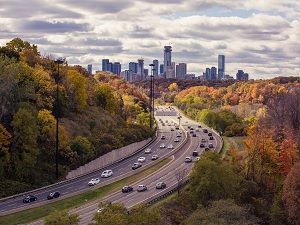
Deployment has already begun at a few key intersections in Phoenix, and the early results are encouraging. In some cases, the company is reporting up to a 40 percent reduction in vehicle delay time.
Tal Kreisler, the CEO of NoTraffic, had this to say about the project:
"We are grateful to partner with the City of Phoenix, the fifth largest city in the United States. I believe we will see impactful tech initiatives moving front and center, playing a pivotal role in how the world emerges from COVID-19 and the economic recession that accompanies it."
It's an exciting experiment and this is a great time to conduct it. With traffic still well below pandemic levels, but beginning to bounce back, the new technology may have a major impact that will keep congestion to a minimum.
One interesting and potentially life-saving benefit of the new system is that it can coordinate what city planners refer to as "emergency vehicle preemption" which helps give first responders the clearest path through busy city streets.
The NoTraffic platform is capable of tracking emergency vehicles as they approach intersections and autonomously changing the lights as appropriate to give first responders a clear path to their destinations in real time.
At this point, it's too early to say what level of success the city of Phoenix will ultimately see, but it will be exciting to watch the experiment unfold and it could have profound implications for cities all across the nation in the longer term.